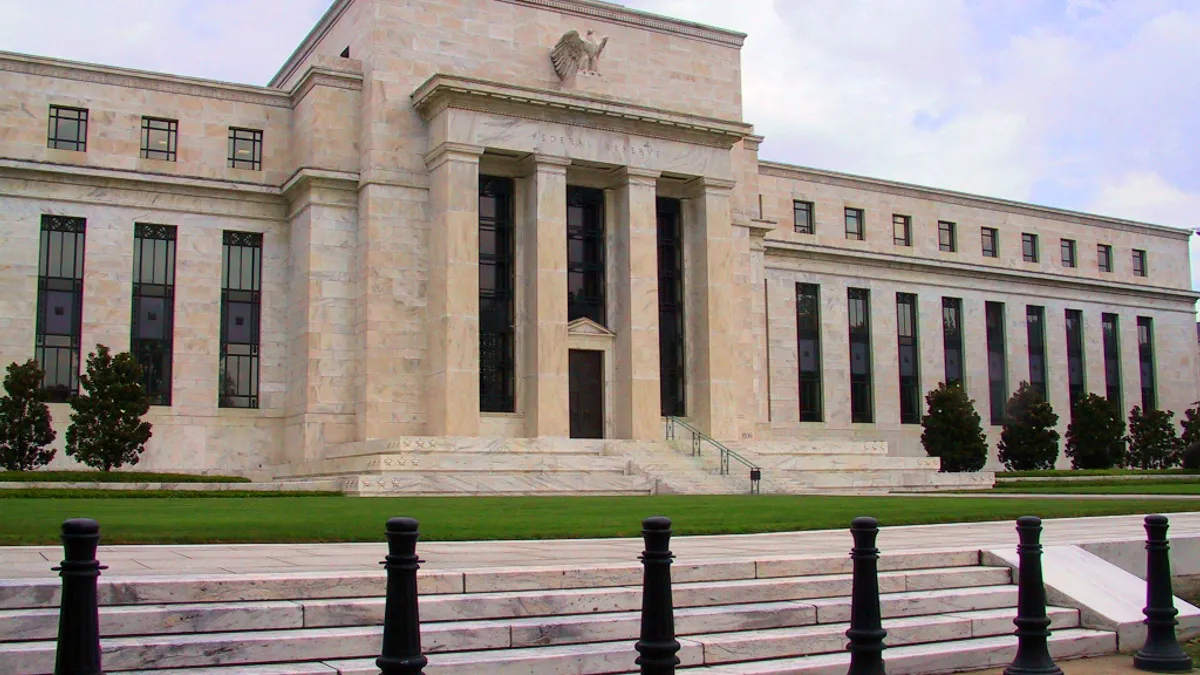When the Federal Reserve’s new instant payments system arrives later this month, it will have features to help financial institutions deter high-speed fraud.
In a speech to the National Bureau of Economic Research, Cleveland Fed President Loretta Mester spelled out how the new real-time system will equip banks and credit unions to stop fraudsters from using the new payment rails to advance their schemes.
Mester focused on FedNow, which promises to complete payments within 20 seconds, as the likely launch of the new system nears later this month. The instant payment system has been in development since 2019 as the first major U.S. government payments upgrade in 50 years, she said.
It’s an important development in that payments help fuel any country’s economy, and determine to some extent, how efficient that commerce is. In addition, the U.S. is playing catch up with some other nations that have already implemented such real-time systems.
Faster payments are in demand by consumers and businesses alike, Mester noted. The FedNow system, with its ability to transfer funds around the clock, could help both avoid fees when money in accounts is running low, she noted.
The system can also deliver faster paychecks to consumers, she added. In fact, that's already happening by way of the private sector RTP real-time payments network as some banks use it to offer their commercial clients on-demand pay options for their employees.
“FedNow will provide the public with more flexibility to manage their money and to make time-sensitive payments whenever needed,” Mester said.
FedNow has raised the specter of faster payments leading to faster fraud, but the central bank is attempting to ensure that isn’t the case.
Users of the new government system will have the option to create a list of “suspicious accounts,” from which they aren’t interested in sending or receiving payments through FedNow, Mester said. Indeed, participants in the new system will be able to reject payments and to limit use by certain accounts, she said.
FedNow will also incorporate tools that help financial institutions investigate shady transactions, Mester said. In addition, FedNow’s request-for-payment function will include fraud-mitigating features, she added.
“Combating fraud is a dynamic endeavor, so the service will be offering more fraud-prevention tools over time,” Mester said in the speech.
She also addressed other FedNow challenges that have been raised as the launch date nears, such as its lack of interoperability with other payment systems, the possibility it could increase the risk of bank runs and the likelihood that it will be adopted only slowly and therefore not be widely available.
Education about the new system, with respect to financial institutions, businesses and the broader public will be key. The Fed has had an intense marketing campaign in place for months now, with the central bank announcing last month some 57 companies as early adopters
On the threat of bank runs, she stressed that financial institutions will have flexibility to impose restrictions that should fend off such problems. For example, banks will be able to lower dollar limits on transactions and could shift to a receive-only mode if they like, she said.
With respect to interoperability, she explained that such cooperation between payment rails has been an issue in the past and that it sometimes took decades to create better connections. Still, FedNow is designed in keeping with the international ISO 20022 standard and it has that in common with the U.S. private real-time payments system known as the RTP network, which is operated by The Clearing House, which is owned by a group of banks, she noted.
“No doubt it will be a challenge for instant payments,” she said. “But the Fed continues to engage with RTP to discuss how best to accomplish this goal.”













